The journey of the word "jewelry" through time mirrors the evolution of human society itself—from simple tribal ornaments to sophisticated modern accessories. Each linguistic transformation reflects changing social structures, trade relationships, and cultural values that have shaped our understanding of personal adornment.
Ancient Origins: The Root of Beauty
The word "jewelry" traces its origins to the Old French word "jouel," which appeared in medieval texts around the 13th century. This French term itself derived from the Latin "jocale," meaning "plaything" or "thing of joy." The Latin root "jocus" originally meant "jest" or "joke," but evolved to encompass anything that brought pleasure or delight.
This etymological connection reveals something profound about how our ancestors viewed decorative objects. Rather than seeing jewelry merely as status symbols or wealth displays, the linguistic roots suggest that jewelry was fundamentally understood as something that brought joy, pleasure, and delight to both wearer and observer.
The Latin Foundation:
Jocale (Latin): Plaything, thing of joy
Jocus (Latin): Jest, joke, pleasure
Gaudium (Latin): Joy, delight, gladness
The transformation from "jocus" to "jocale" represents a linguistic evolution from abstract concept (joy) to concrete object (thing that brings joy), demonstrating how language adapts to encompass new cultural concepts and material realities.

Medieval Development: From Joy to Jewel
During the medieval period, the Old French "jouel" began appearing in various forms across different regions and dialects. The word gradually spread throughout Europe via trade routes, diplomatic exchanges, and cultural interactions between different kingdoms and societies.
Regional Variations in Medieval Europe:
Anglo-Norman: "juel" or "jewel"
Middle English: "jewel" (14th century)
Old Provençal: "joia"
Italian: "gioiello"
Spanish: "joya"
Each regional adaptation of the word reflected local pronunciation patterns and linguistic preferences while maintaining the core meaning related to precious, delightful objects. The consistency of meaning across these variations demonstrates the universal human appreciation for decorative arts.
The English Evolution: From Jewel to Jewelry
The English language adopted "jewel" from Anglo-Norman French during the Norman conquest period (11th-12th centuries). Initially, the word referred specifically to precious stones or gems, gradually expanding to encompass all forms of decorative personal ornaments.
Timeline of English Development:
12th Century: "Jewel" enters Middle English
14th Century: Widespread usage in literature and documents
16th Century: "Jewelry" emerges as collective noun
18th Century: Modern spelling standardizes
The transition from "jewel" (singular precious object) to "jewelry" (collective term for ornamental accessories) reflects the growing complexity and variety of decorative arts during the Renaissance and subsequent periods. As societies became more prosperous and trade networks expanded, the need for a collective term encompassing all forms of personal ornamentation became apparent.

Global Linguistic Connections
The spread of jewelry-related terminology across cultures reveals fascinating patterns of human interaction, trade, and cultural exchange throughout history.
Indo-European Family:
Most European jewelry terms share common Indo-European roots, suggesting ancient cultural connections and shared concepts of beauty and adornment across diverse societies.
Trade Route Influences:
Silk Road and other major trade networks facilitated not only the exchange of actual jewelry but also the linguistic terms used to describe these precious objects. Words for specific types of jewelry often traveled alongside the objects themselves.
Colonial and Imperial Spread:
European colonial expansion spread jewelry terminology to new continents, where these words often blended with local languages to create unique regional variations.
Semantic Evolution: Changing Meanings Through Time
The meaning of "jewelry" has evolved significantly from its original linguistic roots, reflecting changing social attitudes toward personal adornment.
Medieval Period - Sacred and Symbolic:
In medieval contexts, jewelry often carried religious or mystical significance. Terms related to jewelry frequently appeared in religious texts and ceremonial contexts, emphasizing spiritual rather than purely aesthetic value.
Renaissance Period - Artistic Expression:
The Renaissance brought new emphasis on jewelry as artistic expression. Linguistic usage began reflecting increased appreciation for craftsmanship, design, and individual creativity in jewelry making.
Industrial Age - Mass Production:
The Industrial Revolution changed how jewelry was produced and conceptualized. Language adapted to distinguish between handcrafted and mass-produced items, introducing new terminology for different production methods.
Modern Era - Fashion and Identity:
Contemporary usage of "jewelry" encompasses fashion accessories, personal expression, and identity markers, reflecting modern society's complex relationship with personal adornment.
Cross-Cultural Terminology
Different cultures developed unique approaches to naming and categorizing jewelry, revealing diverse cultural values and priorities regarding personal adornment.
Asian Languages:
Chinese: "珠宝" (zhūbǎo) - literally "pearl treasure"
Japanese: "宝石" (hōeki) - "treasure stone"
Sanskrit: "आभूषण" (ābhūṣṇ) - "decoration" or "ornament"
African Languages:
Many African languages have specific terms for different types of jewelry based on materials, occasions, or social significance, reflecting the rich jewelry traditions of various African cultures.
Indigenous American Languages:
Native American languages often connect jewelry terminology directly to natural materials and spiritual concepts, emphasizing the connection between adornment and the natural world.

Technical and Specialized Terminology
As jewelry-making techniques became more sophisticated, specialized vocabulary developed to describe specific processes, materials, and styles.
Metallurgy Terms:
Words describing various metals, alloys, and metalworking techniques entered jewelry vocabulary from technical and scientific sources, enriching the language used to discuss jewelry craftsmanship.
Gemology Vocabulary:
The scientific study of gems contributed precise terminology for describing stone characteristics, cuts, and quality assessments, creating a professional lexicon within the broader jewelry terminology.
Design and Style Terms:
Art history and fashion terminology influenced jewelry language, introducing style period names, design movement terms, and aesthetic descriptors that allow for precise communication about jewelry characteristics.
Modern Digital Age Impact
The internet and digital communication have significantly impacted jewelry terminology, introducing new words and changing how existing terms are used.
E-commerce Influence:
Online jewelry retail has standardized certain terminology while introducing new descriptive language for digital marketing and customer communication.
Social Media Impact:
Platforms like Instagram and Pinterest have popularized informal jewelry terminology and created new ways of categorizing and describing jewelry styles.
Global Communication:
International online communities have facilitated the exchange of jewelry terminology across linguistic boundaries, creating a more globally unified jewelry vocabulary.
Regional Dialects and Variations
Different English-speaking regions have developed unique jewelry terminology and usage patterns, reflecting local cultural influences and historical experiences.
British English:
Maintains closer connections to historical terminology, often preserving older forms and meanings that have evolved differently in other English variants.
American English:
Has incorporated influences from various immigrant communities, creating unique terminology blends and introducing new descriptive language.
Commonwealth English:
Countries like Australia, Canada, and South Africa have developed distinctive jewelry terminology influenced by both British origins and local cultural factors.
The Future of Jewelry Language
Language continues evolving, and jewelry terminology adapts to reflect new technologies, changing social values, and emerging cultural trends.
Sustainable Jewelry Movement:
Environmental consciousness has introduced new terminology related to ethical sourcing, sustainable production, and eco-friendly materials.
Technology Integration:
Smart jewelry and wearable technology require new vocabulary to describe hybrid objects that combine traditional jewelry with modern technology.
Cultural Globalization:
Increased cultural exchange continues to enrich jewelry vocabulary with terms from diverse traditions and languages worldwide.

Conclusion: Words That Sparkle Through Time
The etymology of "jewelry" reveals a fascinating journey through human history, culture, and linguistic evolution. From its joyful Latin origins to its modern global usage, the word has maintained its essential connection to human delight in beauty and adornment while adapting to reflect changing social contexts and technological advances.
Understanding the linguistic history of "jewelry" enriches our appreciation for both the objects themselves and the cultural forces that have shaped human civilization. Each time we use the word "jewelry," we participate in a linguistic tradition that spans centuries and connects us to countless generations who have found joy, meaning, and identity through personal adornment.
The word "jewelry" thus serves as more than mere vocabulary—it represents humanity's enduring relationship with beauty, craftsmanship, and the desire to transform the ordinary into the extraordinary. As language continues to evolve, the word "jewelry" will undoubtedly adapt to encompass new forms of personal expression while maintaining its fundamental connection to the human capacity for creating and appreciating beauty.
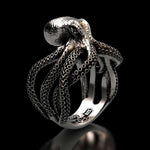 Rings
Rings
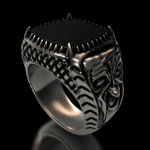 Gemstone Rings
Gemstone Rings
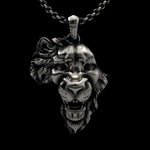 Pendants
Pendants
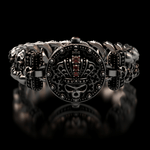 Bracelets
Bracelets
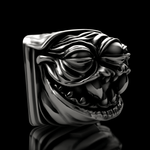 Keycaps
Keycaps
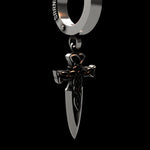 Earrings
Earrings
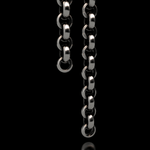 Chains
Chains
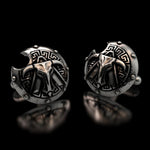 Cufflinks
Cufflinks
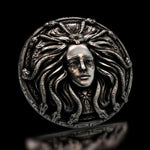 Lapel Pins
Lapel Pins
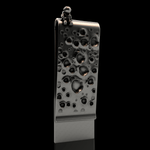 Accessories
Accessories
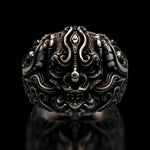 Men’s
Men’s
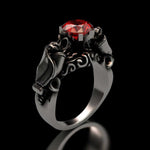 Women’s
Women’s
 Military
Military
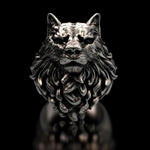 Animal
Animal
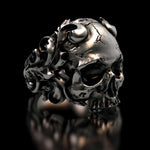 Skull & Biker
Skull & Biker
 Mythology
Mythology
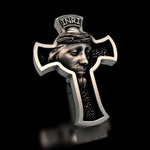 Religious
Religious
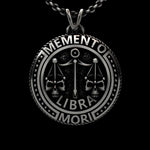 Zodiac
Zodiac
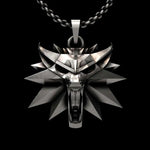 Movie & Game
Movie & Game
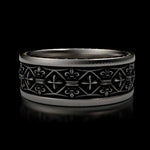 Wedding Band
Wedding Band
